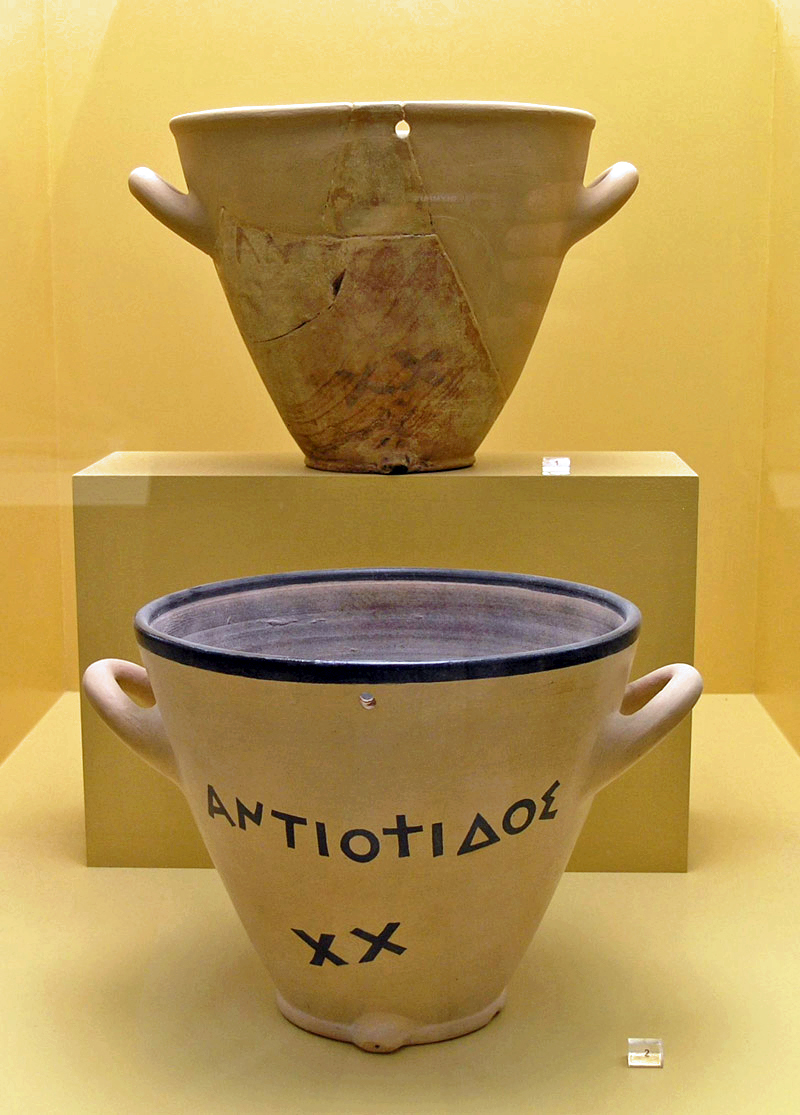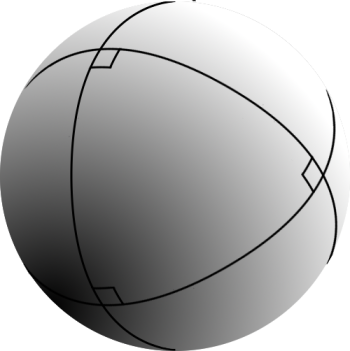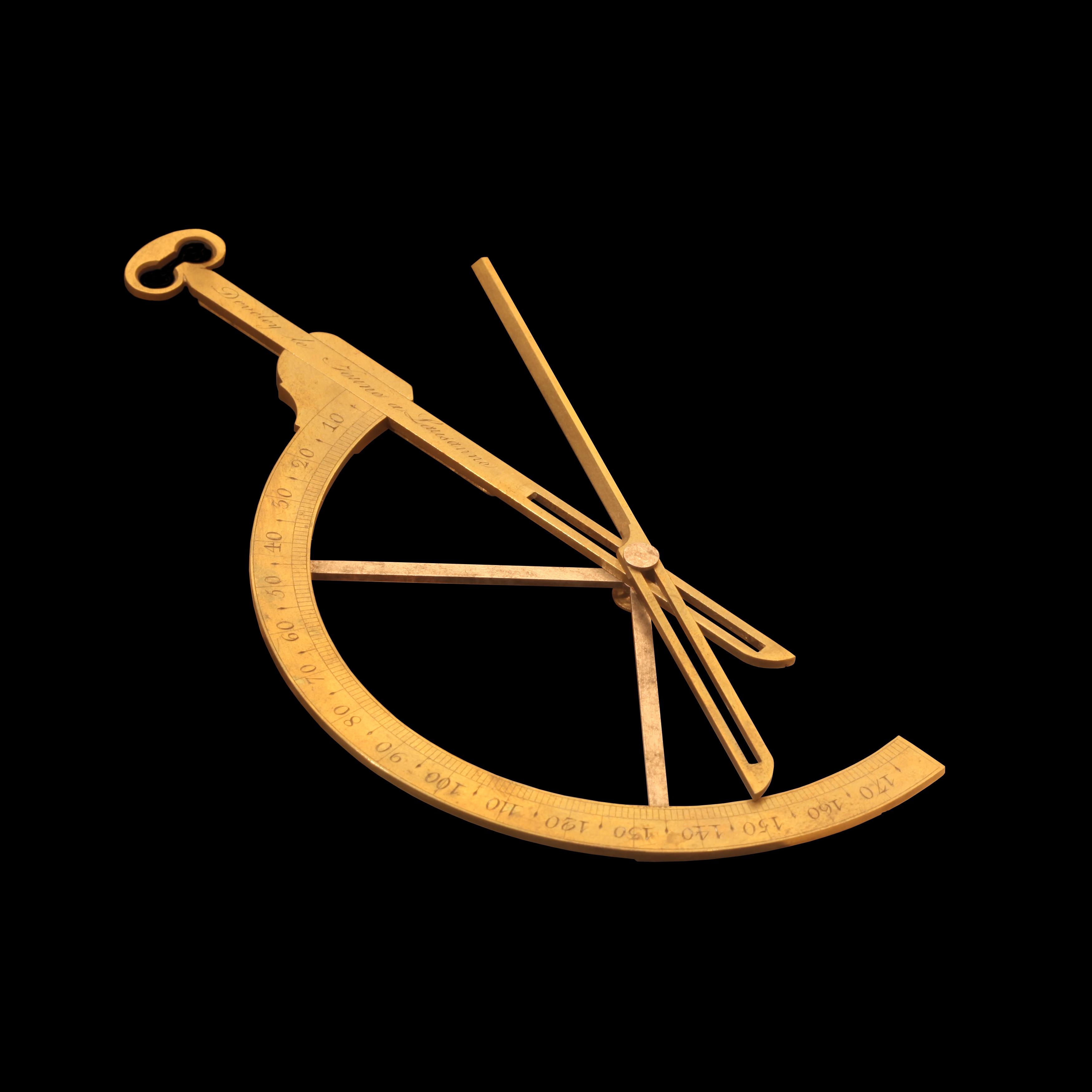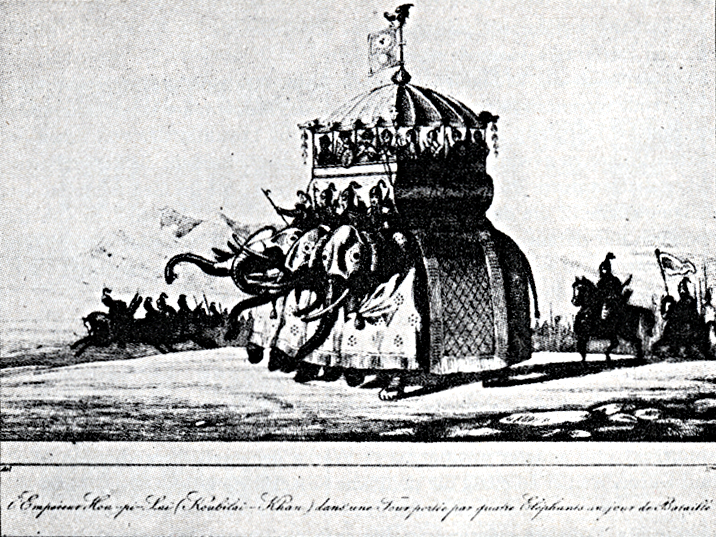|
Guo Shoujing
Guo Shoujing (, 1231–1316), courtesy name Ruosi (), was a Chinese astronomer, hydraulic engineer, mathematician, and politician of the Yuan dynasty. The later Johann Adam Schall von Bell (1591–1666) was so impressed with the preserved astronomical instruments of Guo that he called him "the Tycho Brahe of China." Jamal ad-Din cooperated with him. Early life In 1231, in Xingtai, Hebei province, China, Guo Shoujing was born into a poor family.O'Connor. He was raised primarily by his paternal grandfather, Guo Yong, who was famous throughout China for his expertise in a wide variety of topics, ranging from the study of the Five Classics to astronomy, mathematics, and hydraulics. Guo Shoujing was a child prodigy, showing exceptional intellectual promise. By his teens, he obtained a blueprint for a water clock which his grandfather was working on, and realized its principles of operation. He improved the design of a type of water clock called a lotus clepsydra, a water clock wi ... [...More Info...] [...Related Items...] OR: [Wikipedia] [Google] [Baidu] |
Yuan Dynasty
The Yuan dynasty ( ; zh, c=元朝, p=Yuáncháo), officially the Great Yuan (; Mongolian language, Mongolian: , , literally 'Great Yuan State'), was a Mongol-led imperial dynasty of China and a successor state to the Mongol Empire after Division of the Mongol Empire, its division. It was established by Kublai (Emperor Shizu or Setsen Khan), the fifth khagan-emperor of the Mongol Empire from the Borjigin clan, and lasted from 1271 to 1368. In Chinese history, the Yuan dynasty followed the Song dynasty and preceded the Ming dynasty. Although Genghis Khan's enthronement as Khagan in 1206 was described in Chinese language, Chinese as the Han Chinese, Han-style title of Emperor of China, Emperor and the Mongol Empire had ruled territories including modern-day northern China for decades, it was not until 1271 that Kublai Khan officially proclaimed the dynasty in the traditional Han style, and the conquest was not complete until 1279 when the Southern Song dynasty was defeated in t ... [...More Info...] [...Related Items...] OR: [Wikipedia] [Google] [Baidu] |
Beijing Ancient Observatory
The Beijing Ancient Observatory () is a pretelescopic observatory located in Beijing, China. The observatory was built in 1442 during the Ming dynasty, and expanded during the Qing. It received major reorganization and many new, more accurate instruments from Europeans (Jesuits) in 1644. As one of the oldest observatories in the world, the Beijing Ancient Observatory grounds cover an area of 10,000 square meters. The observatory itself is located on a wide platform on the top of a tall brick tower, an extant portion of the old Ming dynasty era city wall that once encircled Beijing. Several of the bronze astronomical instruments are on the platform, and other armillary spheres, sundials, and other instruments are located nearby at ground level. It is operated as a museum in affiliation with the Beijing Planetarium. History It was said that in 1227, the Jin dynasty transferred the ancient astronomical instruments from Kaifeng to the first observatory in Beijing. In 1279, ... [...More Info...] [...Related Items...] OR: [Wikipedia] [Google] [Baidu] |
Xingtai
Xingtai ( zh, s= , t=邢臺, p=Xíngtái , w=Hsing2-tʻai2), formerly known as Xingzhou and Shunde, is a prefecture-level city in southern Hebei province, People's Republic of China. It has a total area of and administers 4 districts, 2 county-level cities and 12 counties. At the 2020 census, its population was 7,111,106 inhabitants. It borders Shijiazhuang and Hengshui in the north, Handan in the south, and the provinces of Shandong and Shanxi in the east and west respectively. History Xingtai is the oldest city in North China. The history of Xingtai can be traced back 3500 years ago. During the Shang dynasty, Xingtai functioned as a capital city. During the Zhou dynasty, the State of Xingfrom which the present name deriveswas founded in the city. During the Warring States period, the state of Zhao made Xingtai its provisional capital. The city was known as Xindu for most of the Qin dynasty, but after the 207 BC Battle of Julu (within present-day Pingxiang County, not t ... [...More Info...] [...Related Items...] OR: [Wikipedia] [Google] [Baidu] |
Water Clock
A water clock, or clepsydra (; ; ), is a timepiece by which time is measured by the regulated flow of liquid into (inflow type) or out from (outflow type) a vessel, and where the amount of liquid can then be measured. Water clocks are some of the oldest time-measuring instruments. The simplest form of water clock, with a bowl-shaped outflow, existed in Babylon, Egypt, and Persia around the 16th century BC. Other regions of the world, including India and China, also provide early evidence of water clocks, but the earliest dates are less certain. Water clocks were used in ancient Greece and in ancient Rome, as described by technical writers such as Ctesibius (died 222 BC) and Vitruvius (died after 15 BC). Designs A water clock uses the flow of water to measure time. If viscosity is neglected, the physical principle required to study such clocks is Torricelli's law. Two types of water clock exist: inflow and outflow. In an outflow water clock, a container is filled with wate ... [...More Info...] [...Related Items...] OR: [Wikipedia] [Google] [Baidu] |
Spherical Trigonometry
Spherical trigonometry is the branch of spherical geometry that deals with the metrical relationships between the edge (geometry), sides and angles of spherical triangles, traditionally expressed using trigonometric functions. On the sphere, geodesics are great circles. Spherical trigonometry is of great importance for calculations in astronomy, geodesy, and navigation. The origins of spherical trigonometry in Greek mathematics and the major developments in Islamic mathematics are discussed fully in History of trigonometry and Mathematics in medieval Islam. The subject came to fruition in Early Modern times with important developments by John Napier, Jean Baptiste Joseph Delambre, Delambre and others, and attained an essentially complete form by the end of the nineteenth century with the publication of Todhunter's textbook ''Spherical trigonometry for the use of colleges and Schools''. Since then, significant developments have been the application of vector methods, quaternion m ... [...More Info...] [...Related Items...] OR: [Wikipedia] [Google] [Baidu] |
Beijing
Beijing, Chinese postal romanization, previously romanized as Peking, is the capital city of China. With more than 22 million residents, it is the world's List of national capitals by population, most populous national capital city as well as China's List of cities in China by population, second largest city by urban area after Shanghai. It is located in North China, Northern China, and is governed as a Direct-administered municipalities of China, municipality under the direct administration of the Government of the People's Republic of China, State Council with List of administrative divisions of Beijing, 16 urban, suburban, and rural districts.Figures based on 2006 statistics published in 2007 National Statistical Yearbook of China and available online at archive. Retrieved 21 April 2009. Beijing is mostly surrounded by Hebei Province and neighbors Tianjin to the southeast; together, the three divisions form the Jing-Jin-Ji, Jing-Jin-Ji cluster. Beijing is a global city and ... [...More Info...] [...Related Items...] OR: [Wikipedia] [Google] [Baidu] |
Protractor
A goniometer is an instrument that either measures an angle or allows an object to be rotated to a precise angular position. The term goniometry derives from two Greek words, γωνία (''gōnía'') 'angle' and μέτρον (''métron'') ' measure'. The protractor is a commonly used type in the fields of mechanics, engineering, and geometry. The first known description of a goniometer, based on the astrolabe, was by Gemma Frisius in 1538. Protractor A protractor is a measuring instrument, typically made of transparent plastic, for measuring angles. Some protractors are simple half-discs or full circles. More advanced protractors, such as the bevel protractor, have one or two swinging arms, which can be used to help measure the angle. Most protractors measure angles in degrees (°). Radian-scale protractors measure angles in radians. Most protractors are divided into 180 equal parts. Some precision protractors further divide degrees into arcminutes. A protractor divided ... [...More Info...] [...Related Items...] OR: [Wikipedia] [Google] [Baidu] |
Azimuth
An azimuth (; from ) is the horizontal angle from a cardinal direction, most commonly north, in a local or observer-centric spherical coordinate system. Mathematically, the relative position vector from an observer ( origin) to a point of interest is projected perpendicularly onto a reference plane (the horizontal plane); the angle between the projected vector and a reference vector on the reference plane is called the azimuth. When used as a celestial coordinate, the azimuth is the horizontal direction of a star or other astronomical object in the sky. The star is the point of interest, the reference plane is the local area (e.g. a circular area with a 5 km radius at sea level) around an observer on Earth's surface, and the reference vector points to true north. The azimuth is the angle between the north vector and the star's vector on the horizontal plane. Azimuth is usually measured in degrees (°), in the positive range 0° to 360° or in the signed ... [...More Info...] [...Related Items...] OR: [Wikipedia] [Google] [Baidu] |
Gnomon
A gnomon (; ) is the part of a sundial that casts a shadow. The term is used for a variety of purposes in mathematics and other fields, typically to measure directions, position, or time. History A painted stick dating from 2300 BC that was excavated at the archeological site of Taosi is the oldest gnomon known in China. The gnomon was widely used in ancient China from the second millennium BC onward in order to determine the changes in seasons, orientation, and geographical latitude. The ancient Chinese used shadow measurements for creating calendars that are mentioned in several ancient texts. According to the collection of Zhou Chinese poetic anthologies ''Classic of Poetry'', one of the distant ancestors of King Wen of the Zhou dynasty used to measure gnomon shadow lengths to determine the orientation around the 14th century BC. The ancient Greek philosopher Anaximander (610–546 BC) is credited with introducing this Babylonian instrument to the Ancient Greeks. The ... [...More Info...] [...Related Items...] OR: [Wikipedia] [Google] [Baidu] |
Corvée
Corvée () is a form of unpaid forced labour that is intermittent in nature, lasting for limited periods of time, typically only a certain number of days' work each year. Statute labour is a corvée imposed by a state (polity), state for the purposes of public works. As such it represents a form of levy (taxation). Unlike other forms of levy, such as a tithe, a corvée does not require the population to have land, crops or cash. The obligation for tenant farmers to perform corvée work for landlords on private landed estates was widespread throughout history before the Industrial Revolution. The term is most typically used in reference to Medieval Europe, medieval and early modern Europe, where work was often expected by a feudal landowner of their vassals, or by a monarch of their subjects. The application of the term is not limited to feudal Europe; corvée has also existed in Egypt, modern and ancient Egypt, Sumer, ancient Sumer, ancient Rome, China, Japan, the Incan civil ... [...More Info...] [...Related Items...] OR: [Wikipedia] [Google] [Baidu] |
Liu Bingzhong
Liu Bingzhong (; 1216–1274), or Liu Kan () was a Yuan dynasty court adviser and architect. He was born in Ruizhou (Rui prefecture), during the Jin dynasty. In 1233, he entered the Jin's bureaucracy. He still was an officer after the Mongol Empire conquered the Jin following the Mongol–Jin wars, but later he became a monk. However his teacher thought that his talent should not be buried, so he recommended Liu Bingzhong to Kublai Khan, to become his adviser. During this period, he was extolled as the ''Five Talented in Xintai''. He was credited with occult powers which allowed him to foretell the future and so assist military operations. Liu had a paramount influence on Yuan era city designs, and he is known to have planned both the Yuan capital of Dadu and its summer capital Xanadu (Shangdu). Liu Bingzhong and Yao Shu made a plan "to canvass all talented to give well-governorship suggestions". Many Confucianists, such as Xu Heng, Wang Xun, Zhang Yi, were attracted to pr ... [...More Info...] [...Related Items...] OR: [Wikipedia] [Google] [Baidu] |
Kublai Khan
Kublai Khan (23 September 1215 – 18 February 1294), also known by his temple name as the Emperor Shizu of Yuan and his regnal name Setsen Khan, was the founder and first emperor of the Mongol-led Yuan dynasty of China. He proclaimed the dynastic name "Great Yuan" in 1271, and ruled Yuan China until his death in 1294. Kublai was the second son of Tolui by his chief wife Sorghaghtani Beki, and a grandson of Genghis Khan. He was almost 12 when Genghis Khan died in 1227. He had succeeded his older brother Möngke as Khagan in 1260, but had to defeat his younger brother Ariq Böke in the Toluid Civil War lasting until 1264. This episode marked the beginning of the division of the Mongol Empire. Kublai's real power was limited to the Yuan Empire, even though as Khagan he still influenced the Ilkhanate and, to a significantly lesser degree, the Golden Horde. In 1271, Kublai established the Yuan dynasty and formally claimed orthodox succession from prior Chinese dynasties. ... [...More Info...] [...Related Items...] OR: [Wikipedia] [Google] [Baidu] |









